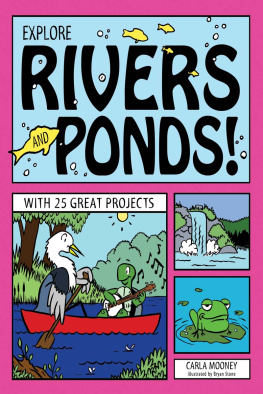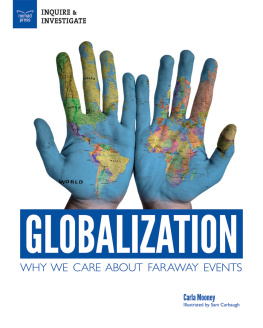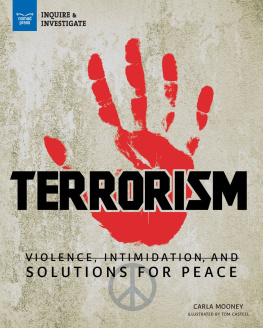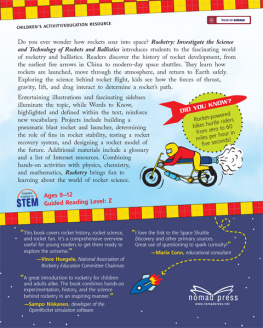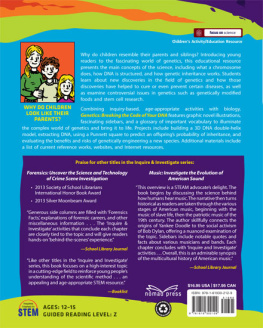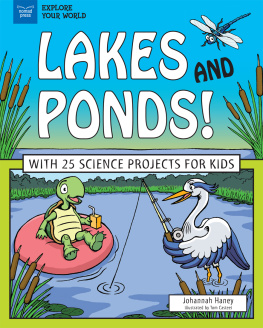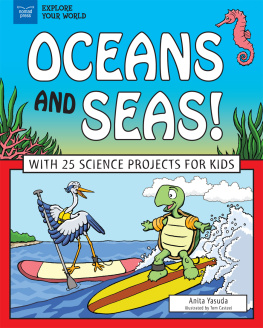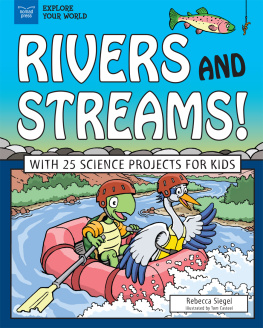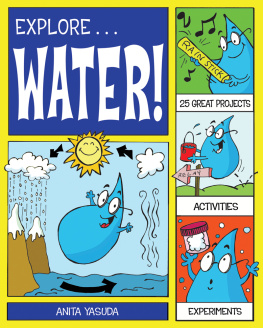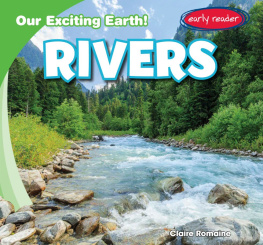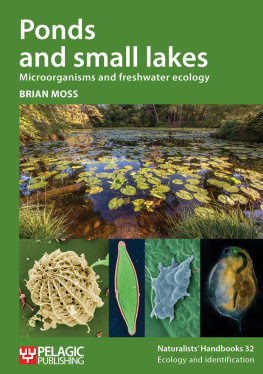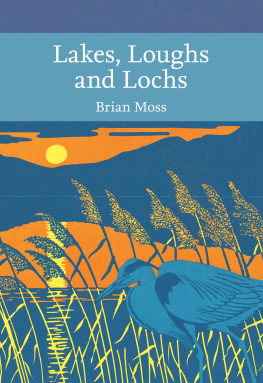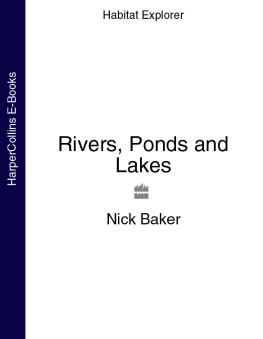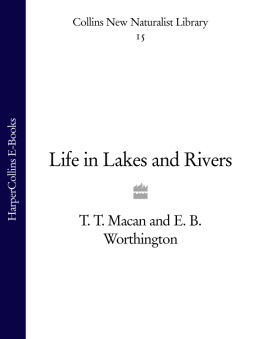Carla Mooney - Explore Rivers and Ponds!: With 25 Great Projects
Here you can read online Carla Mooney - Explore Rivers and Ponds!: With 25 Great Projects full text of the book (entire story) in english for free. Download pdf and epub, get meaning, cover and reviews about this ebook. year: 2014, publisher: Nomad Press, genre: Romance novel. Description of the work, (preface) as well as reviews are available. Best literature library LitArk.com created for fans of good reading and offers a wide selection of genres:
Romance novel
Science fiction
Adventure
Detective
Science
History
Home and family
Prose
Art
Politics
Computer
Non-fiction
Religion
Business
Children
Humor
Choose a favorite category and find really read worthwhile books. Enjoy immersion in the world of imagination, feel the emotions of the characters or learn something new for yourself, make an fascinating discovery.
- Book:Explore Rivers and Ponds!: With 25 Great Projects
- Author:
- Publisher:Nomad Press
- Genre:
- Year:2014
- Rating:5 / 5
- Favourites:Add to favourites
- Your mark:
Explore Rivers and Ponds!: With 25 Great Projects: summary, description and annotation
We offer to read an annotation, description, summary or preface (depends on what the author of the book "Explore Rivers and Ponds!: With 25 Great Projects" wrote himself). If you haven't found the necessary information about the book — write in the comments, we will try to find it.
From puddles to lakes, streams to rivers, and bogs to swamps, each body of water contains an amazing treasure chest of life. There is an abundance of plant and animal life hiding in every freshwater habitat. But freshwater habitats are also fragile and valuable resources that need to be protected and conserved.
Explore Rivers and Ponds! with 25 Great Projects, introduces kids to the fascinating world of freshwater habitats and the creatures they contain. Combining hands-on activities with ecology and science, kids will have fun learning about the freshwater biome, including lakes and ponds, streams and rivers, and wetlands. Entertaining illustrations and fascinating sidebars illuminate the topic and bring it to life, while Words to Know highlighted and defined within the text reinforce new vocabulary. Projects include assembling an ecologists field kit, creating a fishless aquarium, pouring casts of animal tracks, and building a watershed replica. Additional materials include a glossary, and a list of current reference works, websites, museums, and science centers.
Carla Mooney: author's other books
Who wrote Explore Rivers and Ponds!: With 25 Great Projects? Find out the surname, the name of the author of the book and a list of all author's works by series.

